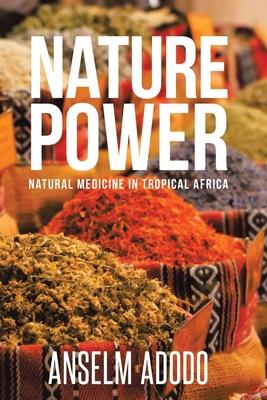First published in 1999 and reprinted more than nine times, this book aims to demystify the practice of herbal medicine in Africa. It documents the uses of medicinal plants that are traditionally used by the local communities in Africa, the therapeutic applications and history of local use and the traditional beliefs around the use. At a time when so much attention is given to phytochemical screening of plants, there is a temptation to forget the philosophy and cultural use of the plants, thereby losing the link between the plants and the community. This book adopts a community-oriented approach to African herbal medicine and argues for a return to a community-based approach to medicine where the health of the individual is closely aligned with that of the community. The community in this perspective includes plants, animals and the environment. The author is not just interested in quantity academic research but in blending research with practical quantitative study. The result is that he is able to describe, explain and analyze the therapeutic applications and clinic use of traditional African herbs in accessible and straightforward language. This book will be of immense benefits to students of Ethnobotany and ethnomedicine, and those working at the interface of pharmaceutical development of phytomedicine and clinical use of herbal medicine.

First published in 1999 and reprinted more than nine times, this book aims to demystify the practice of herbal medicine in Africa. It documents the uses of medicinal plants that are traditionally used by the local communities in Africa, the therapeutic applications and history of local use and the traditional beliefs around the use. At a time when so much attention is given to phytochemical screening of plants, there is a temptation to forget the philosophy and cultural use of the plants, thereby losing the link between the plants and the community. This book adopts a community-oriented approach to African herbal medicine and argues for a return to a community-based approach to medicine where the health of the individual is closely aligned with that of the community. The community in this perspective includes plants, animals and the environment. The author is not just interested in quantity academic research but in blending research with practical quantitative study. The result is that he is able to describe, explain and analyze the therapeutic applications and clinic use of traditional African herbs in accessible and straightforward language. This book will be of immense benefits to students of Ethnobotany and ethnomedicine, and those working at the interface of pharmaceutical development of phytomedicine and clinical use of herbal medicine.